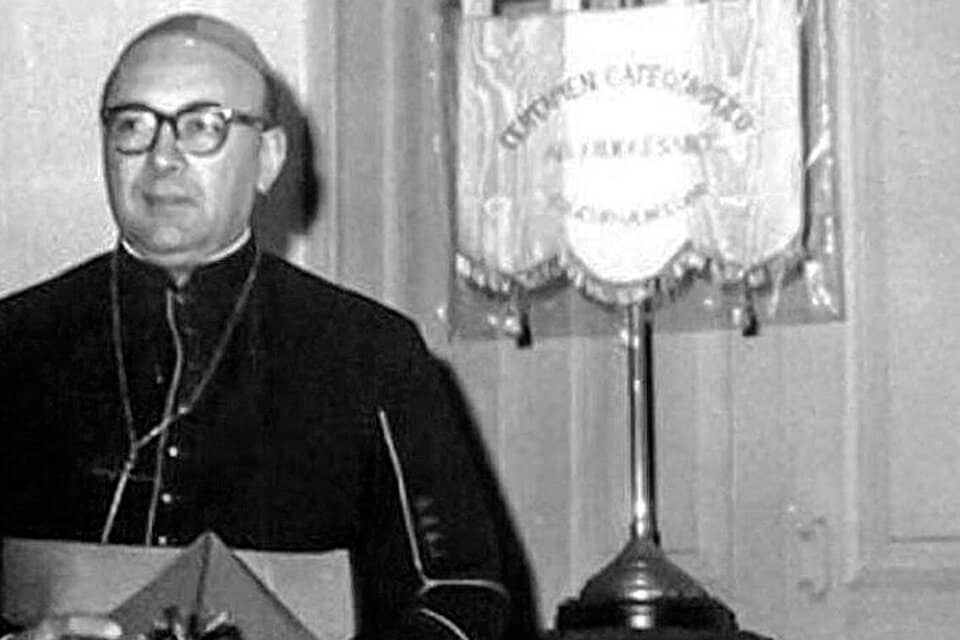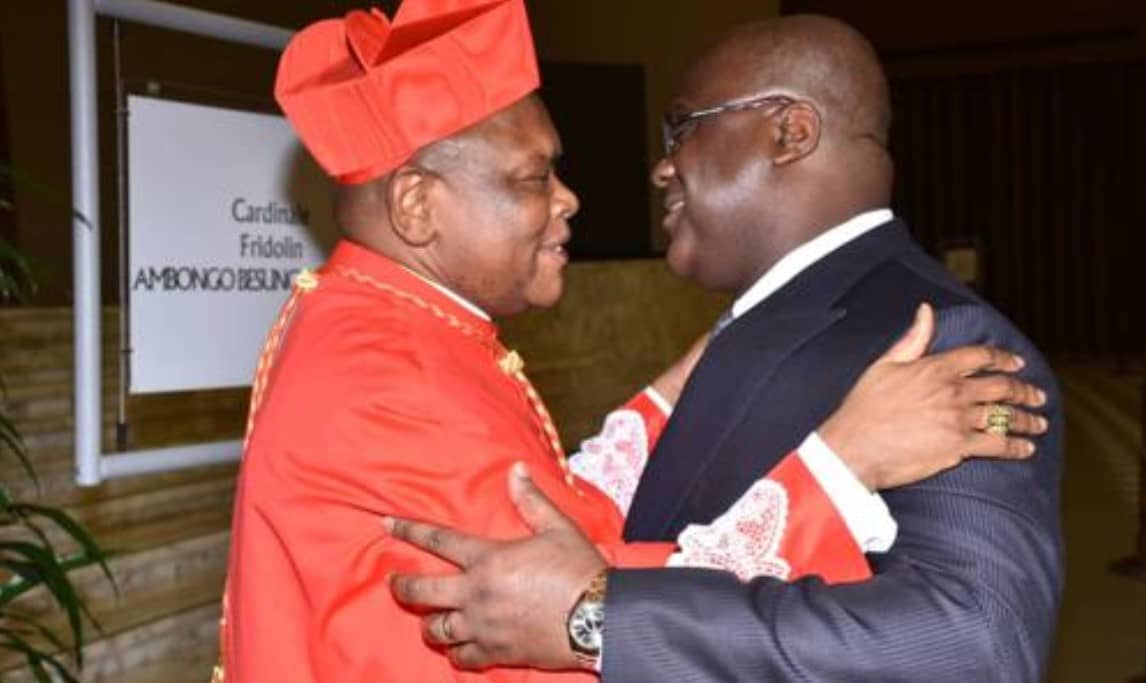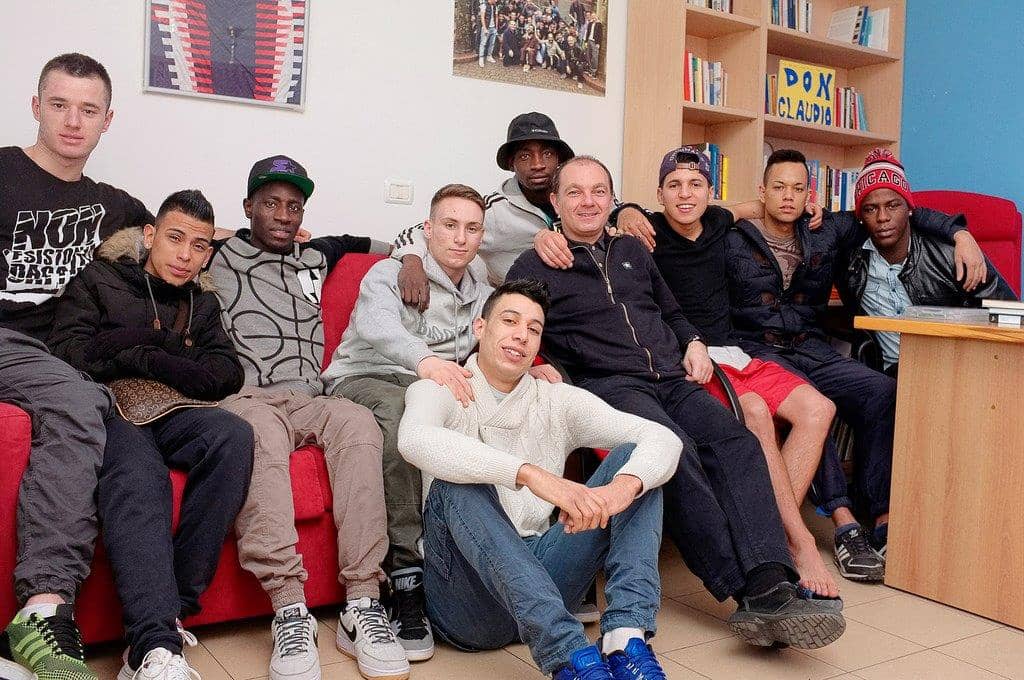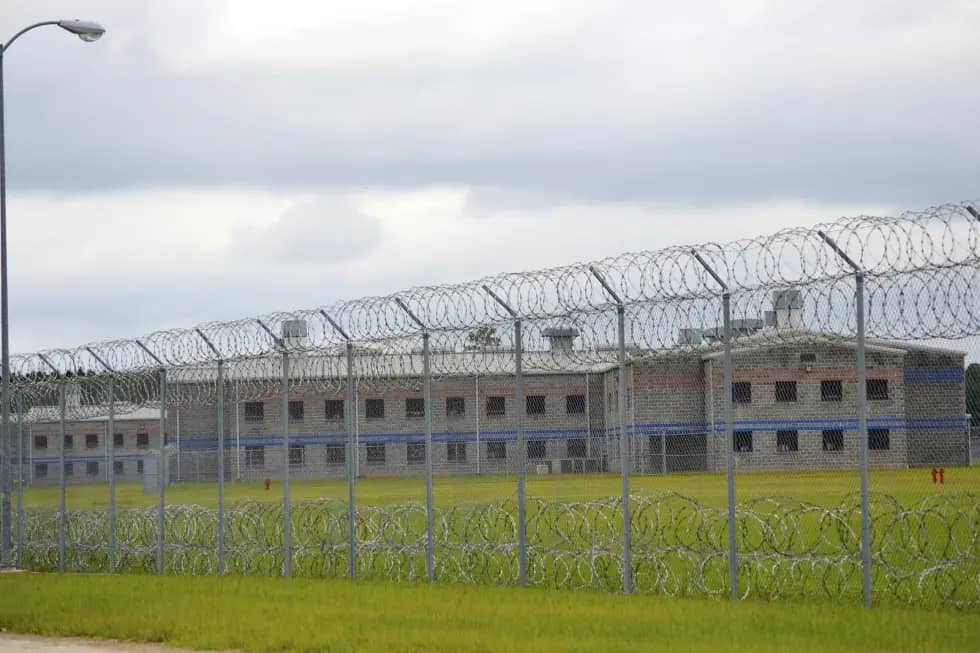ROME – Were you to ask veteran Vatican-watchers to name the six most important prelates in the Catholic Church today beyond the pope himself, you’d probably get a fairly representative sampling of leading papabili, meaning perceived candidates to be the next pope.
The list probably would include Cardinals Matteo Zuppi of Bologna, president of the ultra-influential Italian bishops’ conference; Pietro Parolin, the pontiff’s Secretary of State; Péter Erdő of Budapest, by consensus the foremost conservative opposition candidate; and so on, with the rundown composed entirely of hierarchs seen as in contention for the top job.
Here’s a set of names you almost certainly wouldn’t get from most alleged Church affairs experts:
- Archbishop Martin Kmetec of Izmir, Turkey
- Bishop Paolo Martinelli, Apostolic Vicar of Southern Arabia
- Bishop Antonius Franciskus Subianto Bunyamin of Bandung, Indonesia
- Bishop Sithembele Anton Sipuka of Umtata, South Africa
- Archbishop Andrews Thazhath of Trichur, India
- Archbishop Jaime Spengler of Porto Alegre, Brazil
Yet if you take Cliff Kupchan of the Eurasia Group seriously, these six prelates may have more to say about the global future than any of the higher-profile potentates typically touted by Vatican-watchers.
That’s because those men are the elected presidents of the Catholic bishops’ conferences of the six “swing states” that Kupchan, chairman of one of the world’s leading risk consultancy firms, predicted in a recent essay in Foreign Policy will have an outsized impact on shaping geopolitics in years to come.
Those states are Brazil, India, Indonesia, Saudi Arabia, South Africa and Turkey. All are members of the G-20 with a track record of seeking to expand their significance and influence. More importantly, none are clearly aligned with any superpower and they don’t reliably echo the positions of any global bloc, so which way they lean on a given issue can have an outsized influence.
For instance, none of these six states have backed economic sanctions on Russia over the war in Ukraine, which is considered a major reason why the IMF projects Russia’s economy actually will grow by 0.7 percent this year, hardly the crippling financial blow for which the Western powers had hoped when the sanctions regime was designed.
Kupchan cites several other reasons why these states matter.
For one thing, in an increasingly multipolar world, regional relationships matter more than ever, and all six of these states are regional leaders. None seem captive to a particularly hardline ideology, which allows them to take a more realistic and transactional approach to foreign policy, enhancing their impact.
All six states also have proven adept at exploiting superpower rivalries among the U.S., China and Russia, alternately exacting concessions and favors from each without ever quite committing to one over the other. All six states also have growing economies with a special emphasis on scientific and engineering expertise, positioning them for long-term growth and relevance.
If we assume this analysis is correct, at first blush it might not seem good news for the Church’s role in global affairs, since only of these six nations has a Catholic majority.
Granted, by baptismal totals Brazil is the single largest Catholic country in the world, but deep and growing polarization between pro-Lula and pro-Bolsonaro Catholics makes bringing a unified Catholic voice to bear on the country’s direction difficult.
Difficult, however, but not impossible. With Lula again at the helm, there’s at least a basic simpatico between the Brazilian leader and Pope Francis, as well as the socially oriented elements of the Brazilian Church.
In South Africa, Indonesia and India, there’s enough of a Catholic footprint to make the Church a socially important actor, albeit a minority.
In South Africa, the country’s roughly 3.8 million Catholics represent 6.3 percent of the national population, and have an outsized profile because of the church’s network of schools, hospitals and social works. In Indonesia, the world’s largest Muslim nation, the situation is somewhat analogous. The country’s approximately 8.3 million Catholics represent a little over three percent of the national population, and Catholicism is one of six religions officially recognized by the state.
Naturally, Pope Francis’s planned visit to Indonesia in September should raise the profile of the Church and also reinforce dialogue with the state.
In India, Catholics amount only to about 1.5 percent of the population, but the country is so vast that share still repesents a vast pool of 20 million people. Catholicism enjoys strong social capital owing to its social works, including the legacy of Mother Teresa, and despite the Hindu nationalist ethos of the current government under Prime Minister Narendra Modi, New Delhi’s position on global issues is often closer to the Vatican’s than, say, Washington or Brussels.
Turkey and Saudi Arabia are, on the face of it, harder cases.
Turkey is home to only a negligible Catholic community of roughly 25,000, mostly ex-pat Europeans. Saudi Arabia actually contains a burgeoning Catholic population, perhaps as many as 1.3 million people out of a total of 36 million, but it’s mostly composed of foreign workers, such as Filipinos, Indians, Sri Lankans, Pakistanis and Lebanese, whose ability to practice the faith openly is heavily circumscribed.
Yet as a diplomatic and political matter, both Turkey and Saudi Arabia have motives for being at least open to engaging Catholicism.
Turkey and the Holy See, for example, share a policy of not isolating Russia due to the war in Ukraine, and Pope Francis has cited Turkey’s peace efforts. Much the same point could be made of Saudi Arabia, and the Vatican has quietly but persistently laid the foundation for closer ties by inking deals for diplomatic relations with every other country on the Arabian Peninsula, most recently Oman last year.
What all this suggests is that Catholic leadership in these six states has an opportunity to engage national decision-makers, potentially nudging them in a direction at least marginally more consistent with Catholic social teaching and Vatican diplomatic priorities, should they be imaginative about seizing the moment.
In that light, how the six churchmen listed above conduct themselves in the next few years may have a great deal to say about global affairs, either for good or ill.
As a footnote, if these are indeed six of the pivotal figures in determining Catholic fortunes today, that also suggests an increasingly “Franciscan” moment. Kmetec is a Conventual Franciscan, Martinelli a Capuchin, and Spengler a friar minor, meaning that the resources of the sprawling Franciscan family may also be consequential for their efforts.
If nothing else, all this underscores an important truth about Catholicism: While the media focus is usually on Rome, the real action often unfolds elsewhere, at the local and national levels, and the six venues flagged by Kupchan’s essay seem places where that truth seems especially clear right now.















